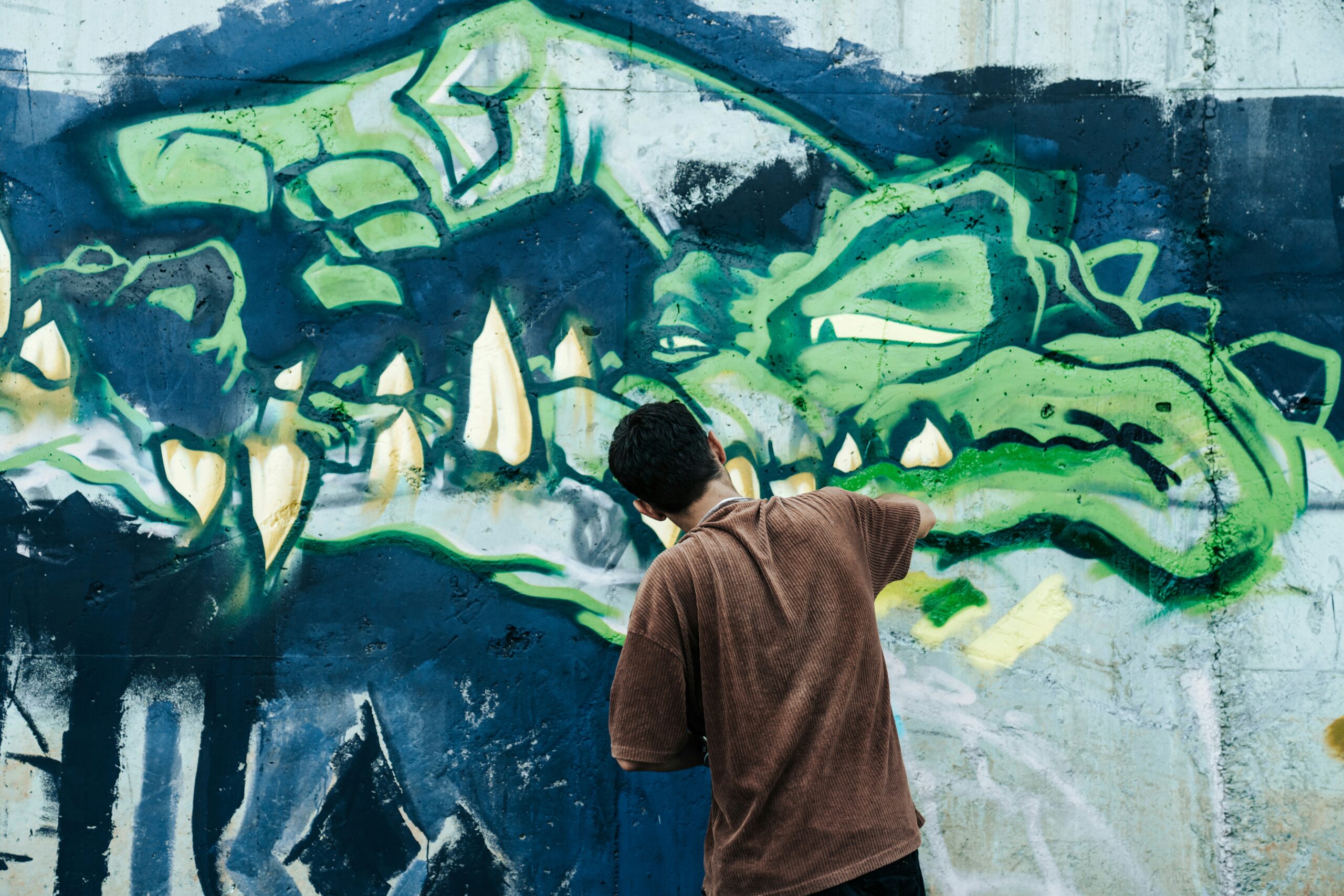
The Chicano art movement has played a significant role in shaping the cultural and political landscape of the United States, especially for Mexican-Americans. Rooted in a rich history of struggle and resilience, Chicano art emerged as a powerful tool for resistance against systemic oppression and a celebration of Mexican-American cultural identity.
Through vibrant murals, posters, and other forms of visual art, Chicano artists challenged stereotypes and fought for social justice. They asserted their cultural heritage in a world that often overlooked or misrepresented them. By incorporating indigenous imagery, historical references, and political themes, Chicano artists created a unique visual language that spoke to the heart of their community’s experience and struggle.
The Birth of the Chicano Art Movement
The Chicano art movement began as part of the larger Chicano civil rights movement, which sought to address issues such as discrimination, land rights, educational inequality, and economic disparity faced by Mexican-Americans. During the 1960s, as the civil rights movement gained momentum, many Mexican-Americans began to organize and demand their rights. This era also saw a rise in cultural pride and ethnic identity, as people looked to their Mexican heritage as a source of strength.
Art became a key component of this movement, as it offered a visual means of communicating the struggles and aspirations of the Chicano community. Murals, in particular, became one of the most iconic forms of Chicano art. Inspired by Mexican muralists like Diego Rivera and David Alfaro Siqueiros, Chicano artists used murals to tell stories of resistance, empowerment, and cultural pride. These murals often depicted scenes from Mexican history, the lives of working-class Chicanos, and struggles for justice in the face of oppression.
Chicano Art and Political Activism
The relationship between art and activism in the Chicano movement was inseparable. For Chicano artists, creating art was not merely an aesthetic pursuit but an act of political resistance. Their art reflected the struggles of their community and called for change, especially regarding issues such as labor rights, police brutality, and educational reform. Many artists were directly involved in political activism, working alongside organizations like the United Farm Workers (UFW) and the Brown Berets to advocate for their rights.
Chicano artists used their craft to challenge the dominant narratives of American culture, which often marginalized or erased their stories. In doing so, they sought to reshape the way Mexican-Americans were viewed, both by mainstream society and by themselves. By highlighting the richness of their cultural heritage, Chicano artists were able to empower their community and build a sense of pride that transcended the limits of systemic racism.
Muralism: The Heart of Chicano Art
One of the most enduring and recognizable features of Chicano art is muralism. Murals have long been a powerful form of public art, providing an opportunity for artists to engage with the community in meaningful ways. For Chicano artists, murals served as both a form of political expression and a tool for cultural reclamation.
Chicano murals often depicted scenes from Mexican-American history, showcasing essential figures like César Chávez, the civil rights leader, and Dolores Huerta, the labor activist. They also portrayed moments of struggle, resilience, and pride, offering a visual testament to the challenges faced by the community. These murals were not just artworks; they were symbols of resistance and cultural reclamation, challenging the erasure of Chicano history from mainstream American narratives.
The Legacy of Chicano Art
The impact of Chicano art extends far beyond the 1960s and 1970s. Today, Chicano artists continue to draw from the rich legacy of this movement, using their work to address contemporary issues while honoring the history and cultural identity of Mexican-Americans. Chicano art remains a vital form of resistance, activism, and artistic expression, and its influence can be seen in the work of artists, both within and outside of the Chicano community.
The legacy of Chicano art also lives on in the continued celebration of Mexican-American culture. From the Día de los Muertos altars to modern mural projects, Chicano art has become a source of pride and unity for Mexican-Americans and a way to assert their place in the larger American story. As the movement has evolved, it has maintained its focus on social justice, cultural preservation, and the empowerment of marginalized communities.
Chicano art is not just a reflection of the past; it is an ongoing journey of resistance, cultural pride, and activism. Its influence has shaped the way Mexican-Americans view themselves and how others view them. Through art, the Chicano community has not only reclaimed its cultural heritage but also carved out a space in the broader narrative of American history.